Oak View Park, an Agricultural Treasure Almost Lost
Just a bit down the road from Raleigh’s new transit facility in East Raleigh is Oak View Park. This public county park features an antebellum farm house, an older house (later kitchen) that dates to at least as far back as the 1820s, a cotton gin house, and goats, among many other artifacts pertaining to cotton farming in the south.
Farming in Wake County
Although the architectural parts of the park alone would make the visit worthwhile, I think I found the most enjoyment from the agricultural exhibits.
There are several friendly goats that are brought out during normal park hours (9-5, except 1-5 on Sunday).
In addition to the cotton field above, there is also a pecan grove. In fact, much of Oak View is centered around farm life, an indication of the former use of the land:
After the Civil War, most farms in the South greatly increased cotton production, and by the 1880s, 93 percent of Wake County farms, including Oak View, produced cotton. [Former owner of the land, Benton Southworth Donaldson]Â Williams is also an important local historical figure, as he served as one of four delegates representing Wake County at the 1868 North Carolina Constitutional Convention following the Civil War. Oak View is the only surviving homestead of the four Wake County delegates.
Hands on History
Although you can walk about the grounds when the park isn’t officially open, I highly recommend going when open so you can tour the facilities. Inside the Cotton Gin House there are several artifacts pertaining to how cotton was planted and harvested. Many of the exhibits are also interactive, including one which allows you to turn the crank and convert rough harvested cotton in to smooth seed-free cotton.
House, Church, then Kitchen
The little house above is the oldest structure on property. It was already standing on the land when purchased in 1825 by Benton Southworth Donaldson Williams, who built the farmhouse in the 1850s. This tiny building most notably served as the original meeting place for the congregation of Samaria Baptist Church in the 1870s.
After that, it later served as a kitchen. In that era, many house fires originated in the kitchen and cooking was done in a separate building, if they were fortunate.
Home to Prominent Raleigh Families
The main Greek Revival styled farmhouse was built in 1855 by Williams. After the death of Williams’ widow, it was auctioned off to the founder of Job P. Wyatt and Sons (a farm supply business) and Wyatt-Quarles Seed Company. Job P. Wyatt operated the land as a farm until the 1940s when he sold the property. Both of his companies are still in operation in Raleigh.
It was extensively renovated and remodeled in the 1940s by the newer owner, Gregory Poole, in the Colonial Revival style. Despite investing so much in to the property, he lived in the house only a few years before reselling it.
Coming Together to Preserve
What we have in this beautiful park almost didn’t come to be, as the structures and pecan grove around it were to be demolished in the early 1980s when the surrounding land was turned into an office park:
In 1984, Wake County acquired Oak View’s 72 acres of farmland and designated the area as an office park. The 17 acres encompassing the remaining Pecan Grove and the complex of farm houses and outbuildings were slated for demolition. Upon hearing of the county’s plan to destroy the old farm, Wake County Historical Society President Earl Droessler formed a citizens committee to help raise money to save the property. Members of the committee and of the Historical Society appealed directly to the Wake County Board of Commissioners to intervene on behalf of Oak View.
Luckily for us, Earl was successful and today we have a beautiful, serene, historic, and educational park just outside of Downtown Raleigh. The restoration of the buildings and landscape was completed in 1993.
Why You Should Visit
You don’t have to be a history buff or have an interest in agriculture to enjoy yourself here. The gently graded hills and pecan grove make for a beautiful place to have a picnic, watch some animals, or fly balsa wood gliders.
Further Reading:
- Oak View Park (official site)
- Oak View (National Park Service)


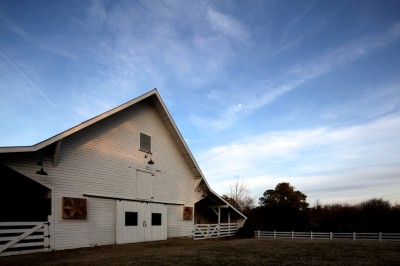
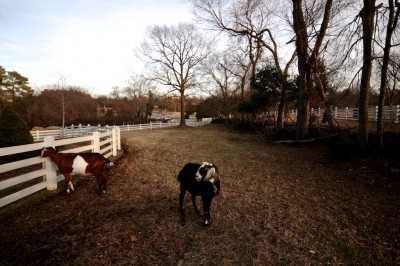

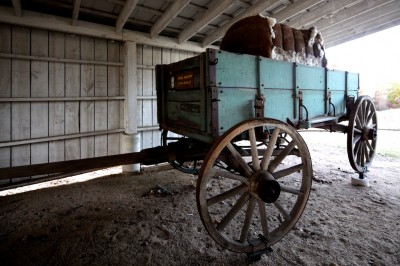

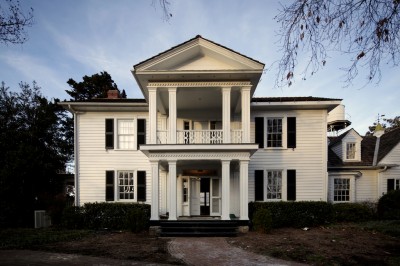
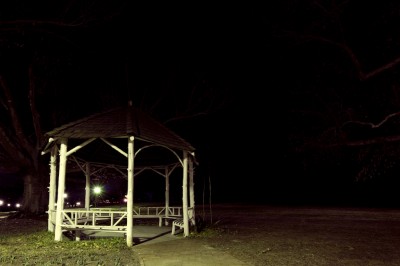
 Sign up for the Newsletter
Sign up for the Newsletter
02/22/2011
So whts this about the treasure was almost lost cuz i dnt lyk to read so i gave up but just send me the big details.
02/23/2011
Thank you for yet another wonderful article on another local treasure my family and I can explore.
02/23/2011
The Poole’s also built a Modernist cabin on this property. See http://www.trianglemodernisthouses.com/matsumoto.htm for details and photos.